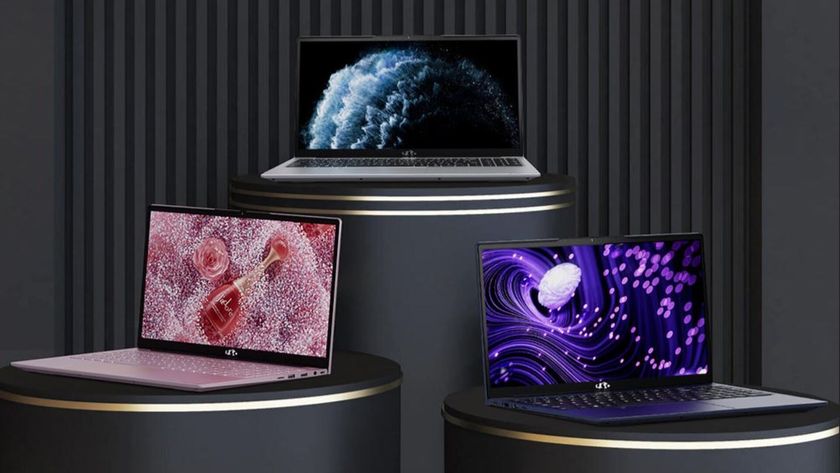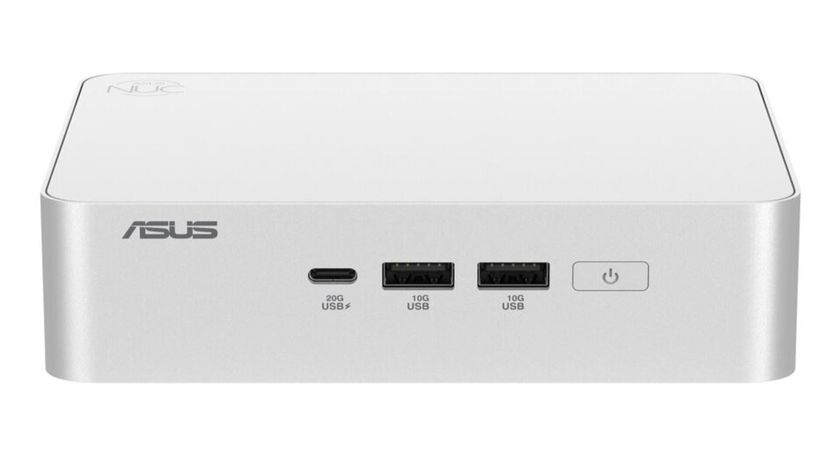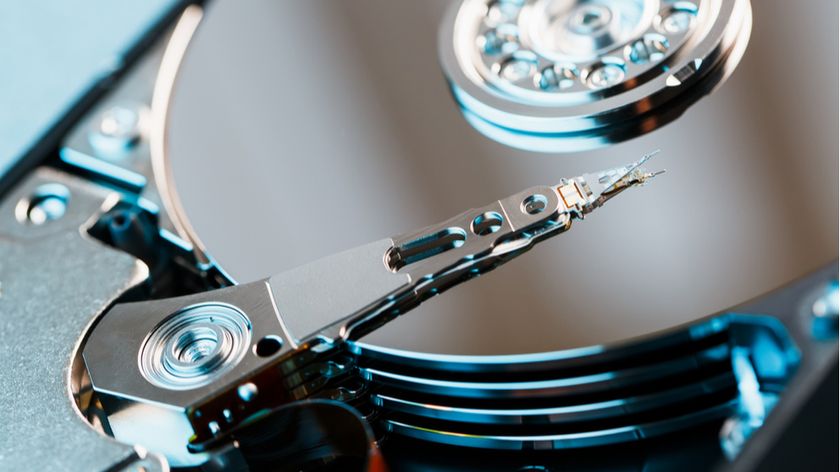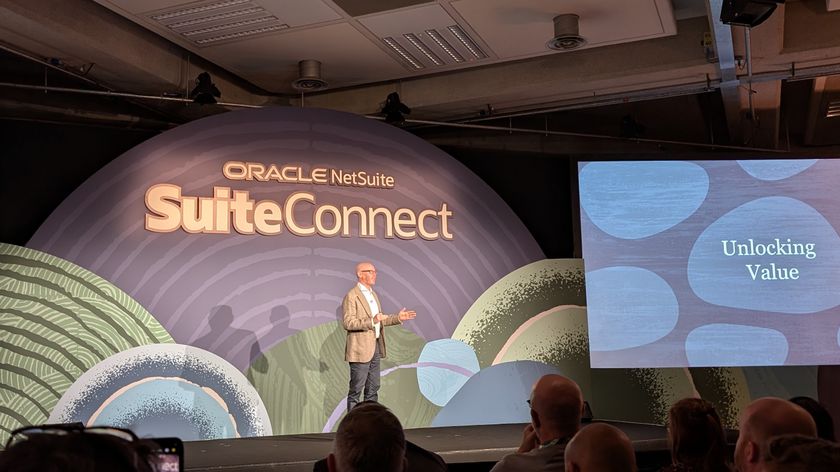Android vs iOS phones for business
Get the company phone that's best for you
Android allows you to pool contacts from various sources, be it email accounts, Google or social networks. The phones can also store email addresses, physical addresses and home, office and mobile numbers.
You can even attach photos to contact cards (which can be pulled through automatically from social networks), allowing you to put a name to a face, which can be invaluable in networking.
The standard Android contact integration is solid and straightforward, but you can give it a boost by choosing a handset from the likes of Samsung or HTC.
These manufacturers add additional features to improve contact matching from various accounts - linking up people's profiles from various networks and combining them into one manageable contact card.
On iOS things don't quite match up to the Android offering. Sure the contacts app is easy to use and simply laid out, but if you're keen to pull in data from different mediums then you're out of luck.
But you can still add all the details on a person and the simple user interface may be easier for some to understand on iOS.
Software upgrades
When new software becomes available you'll want to roll it out to your staff as soon as possible so they can take advantage of the new features, improvements and fixes it offers.
Are you a pro? Subscribe to our newsletter
Sign up to the TechRadar Pro newsletter to get all the top news, opinion, features and guidance your business needs to succeed!
For Apple devices this is easy as the firm pushes out updates to all devices (we're currently on iOS 6, with iOS 7 round the corner) at the same time, allowing you to quickly upgrade all handsets with minimum fuss. Just remember to back up your data first.
Things are a little trickier for Android thanks to the number of different handsets from various manufacturers. You'll find that when Google pushes out an Android update (the latest is Jelly Bean) it first goes to the manufacturers who do their own tinkering and tests before pushing it out to their devices - and usually it's one or two models at a time.
If your workforce has a range of Android devices then you may find that some receive updates before others and the discrepancy in software between colleagues may cause compatibility problems.
Security
On balance, iOS has the upper hand here. It offers a fully integrated security platform for devices which spans iPhones, iPads and iPods, allowing you to ensure all data stored on them is safe. Hardware encryption protects all the data on the devices and it can't be turned off by the user, so there's no fear of it being accidentally disabled.
The iOS architecture also provides security for third party applications, meaning you can trust the apps you download as Apple prevents malware and viruses sneaking in.
Over on Android things are not so clear cut, with no protection built into the OS for businesses. But there are remedies: various security apps can be downloaded from Google Play, and the openness of the Android ecosystem allows companies to develop their own security software.
Apps
Both iOS and Android have well stocked stores in the form of the App Store and Google Play, which boast over 800,000 applications each.
They offer similar quantities, but Apple's offering beats Android when it comes to the quality of apps. There are hundreds, if not thousands, of business orientated applications in the App Store with everything from word processors and spreadsheet managers to social media tools and PC remote controls.
Android still has a decent array of business focussed apps, but it's not as strong in this department as iOS.

TechRadar's former Global Managing Editor, John has been a technology journalist for more than a decade, and over the years has built up a vast knowledge of the tech industry. He’s interviewed CEOs from some of the world’s biggest tech firms, visited their HQs, and appeared on live TV and radio, including Sky News, BBC News, BBC World News, Al Jazeera, LBC, and BBC Radio 4.
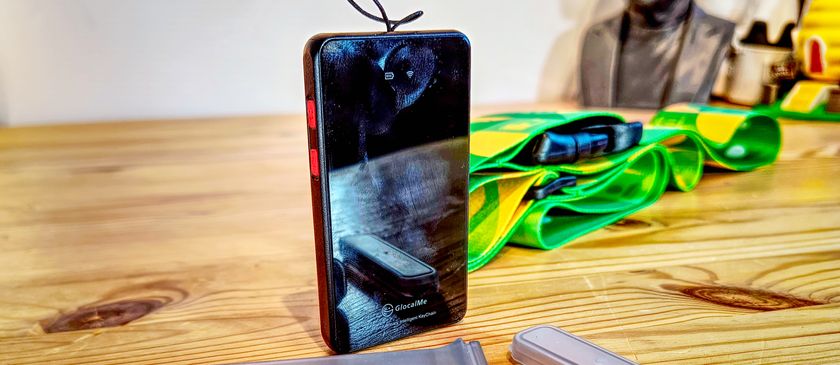
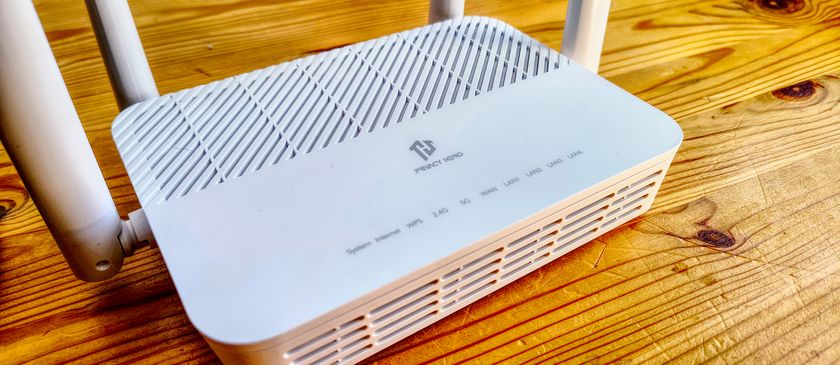
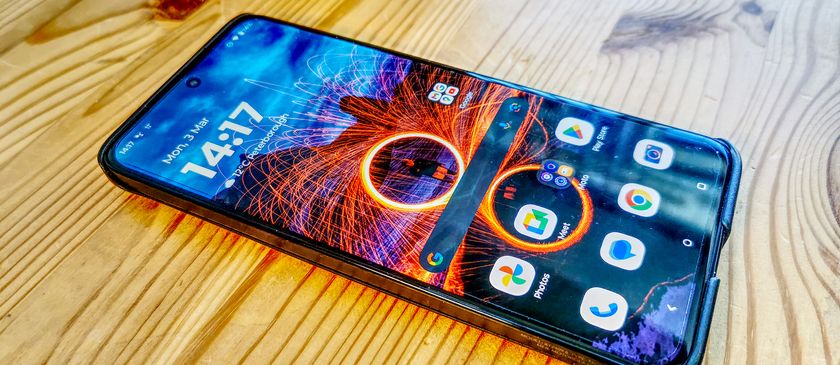
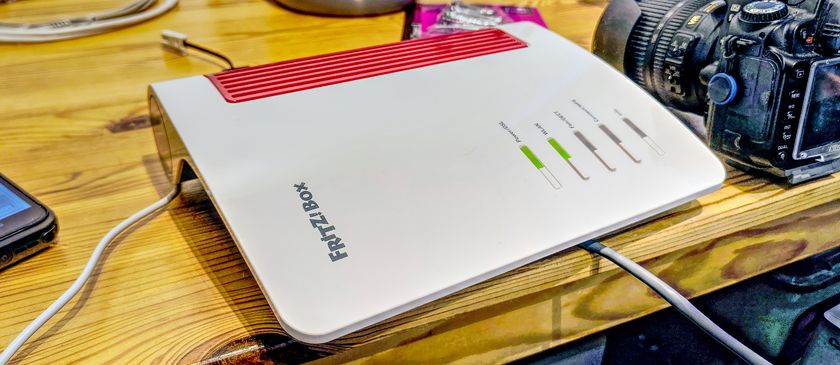
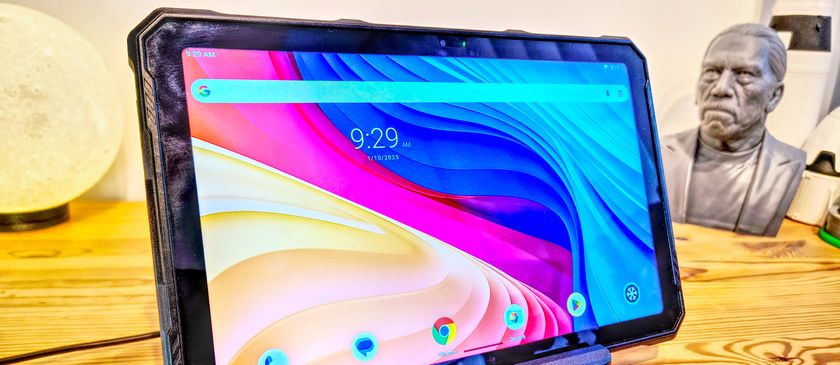
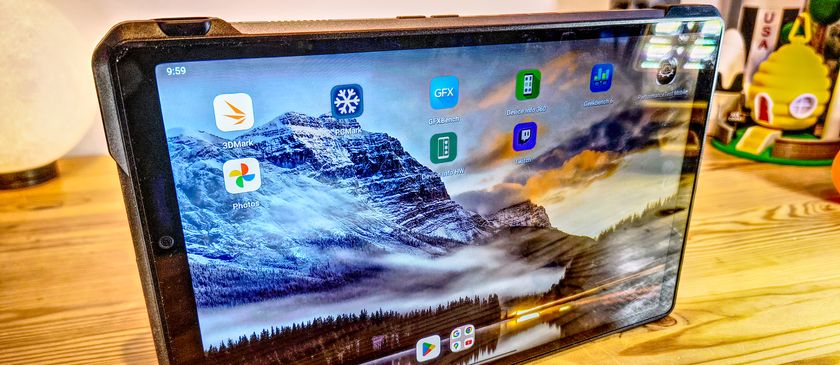
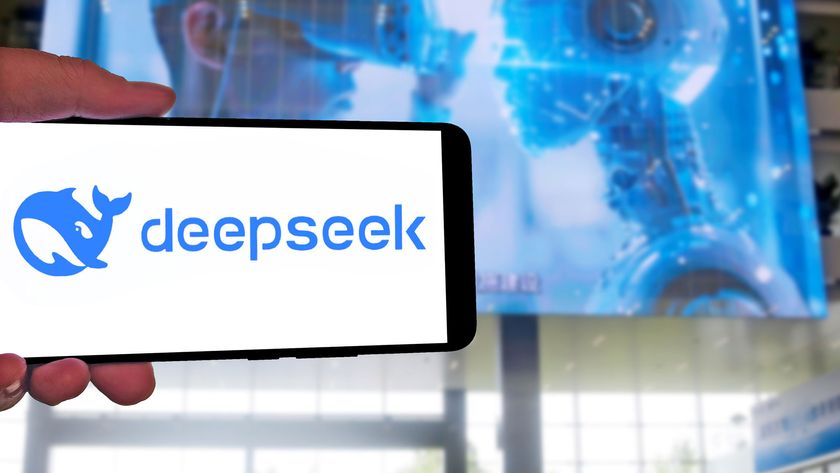
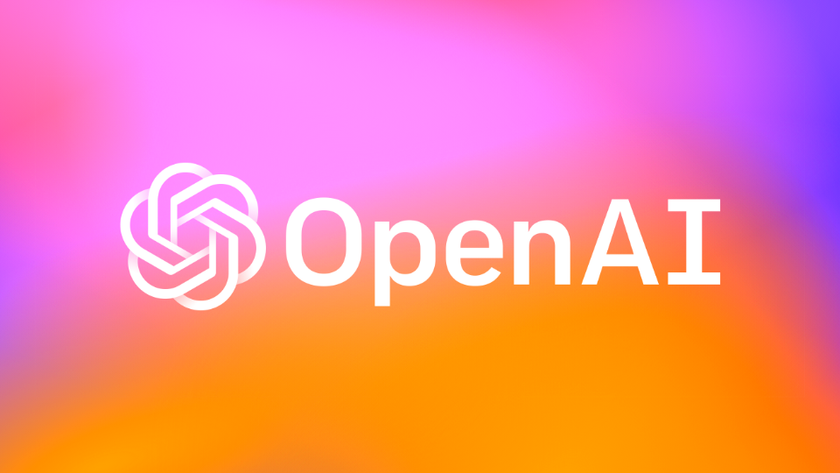
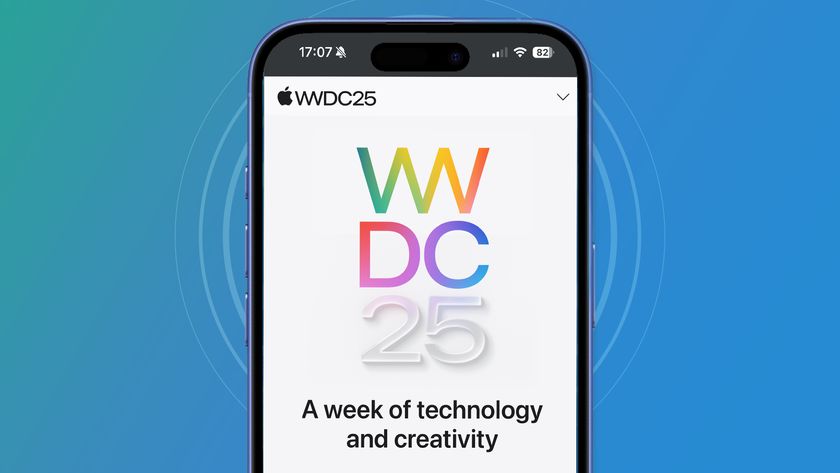

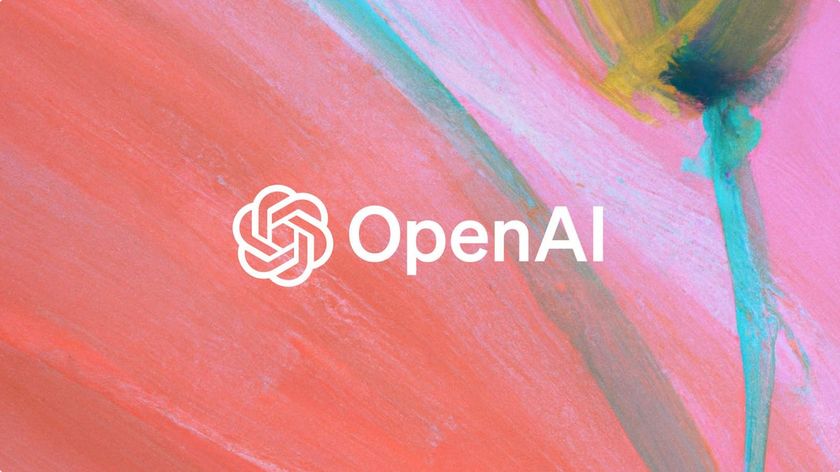


Privacy Hero II VPN Router

When I tested this global tracker, it trounced the Apple AirTag in so many ways

